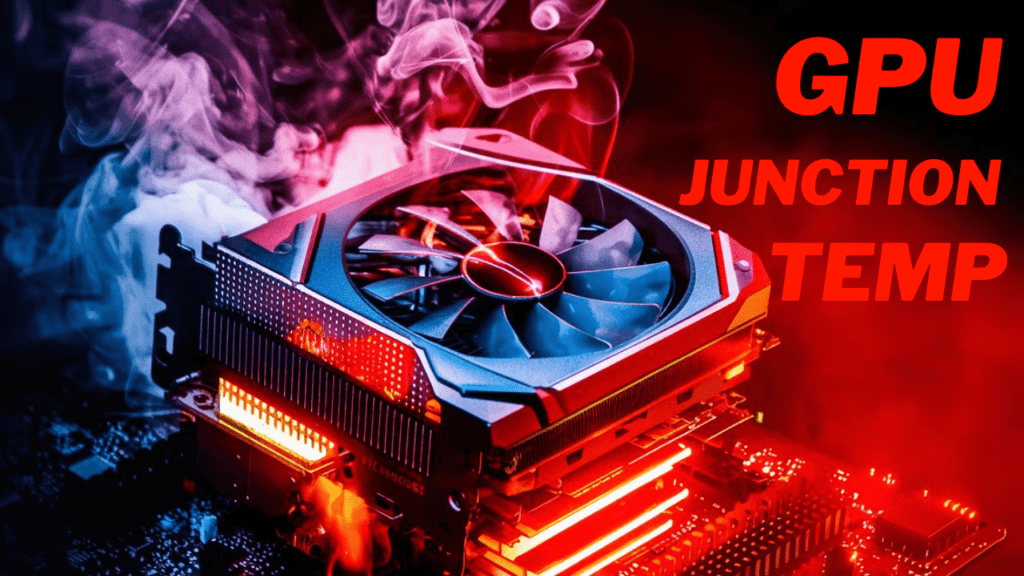If you’ve noticed your computer’s CPU or GPU temperatures soaring to uncomfortable levels, you’re not alone. High temperatures can reduce your system’s performance, cause crashes, and shorten the lifespan of your hardware. Luckily, cooling your CPU and GPU doesn’t always require expensive tools or professional help. In this guide, we’ll cover easy, effective tips to fix high CPU and GPU temps and keep your system running cool and smoothly.
Why Do High CPU and GPU Temps Matter?
Your CPU (Central Processing Unit) and GPU (Graphics Processing Unit) generate heat while processing data. When these components get too hot — often above 80°C (176°F) for many CPUs and GPUs — it can lead to:
- Thermal throttling (slowing down to prevent damage)
- System crashes or freezes
- Permanent hardware damage
- Reduced lifespan of components
Maintaining optimal temperatures is key to ensuring your PC performs well and lasts longer.
Common Causes of High CPU/GPU Temperatures
Before jumping into solutions, it’s good to know why your temps might be high:
- Dust buildup inside the case: Dust blocks airflow and coats components, trapping heat.
- Poor airflow or fan placement: Incorrect or insufficient airflow inside your case means hot air stays trapped.
- Old or dried thermal paste: Thermal paste helps transfer heat from CPU/GPU to heatsinks. Over time, it can dry out.
- Overclocking: Running your CPU or GPU at higher speeds than factory settings generates extra heat.
- High ambient room temperature: Warm room temperatures make cooling less efficient.
- Malfunctioning fans or cooling systems: Broken or slow fans reduce cooling capacity.
Easy Cooling Tips to Fix High CPU/GPU Temps
1. Clean Your PC Internals Regularly
Dust is one of the biggest heat culprits. Use a can of compressed air to gently blow dust off fans, heatsinks, and other components. Make sure your PC is powered off and unplugged before cleaning.
- Focus on CPU/GPU fans, power supply, and case fans.
- Clean or replace air filters if your case has them.
Regular cleaning (every 3-6 months) ensures proper airflow and heat dissipation.
2. Improve Case Airflow
Good airflow means cool air is drawn in and hot air is pushed out efficiently.
- Add more case fans: If your case supports it, add intake fans at the front and exhaust fans at the back or top.
- Check fan orientation: Make sure intake fans pull air in, and exhaust fans push hot air out.
- Manage cables: Use cable ties to tidy cables so they don’t block airflow inside the case.
- Leave space: Avoid placing your PC in cramped or enclosed spaces where air can’t circulate.

3. Replace or Reapply Thermal Paste
Thermal paste is a heat-conductive material placed between the CPU/GPU and its cooler. Over time, it can dry out or become less effective.
- Remove the old thermal paste carefully with isopropyl alcohol and a lint-free cloth.
- Apply a small pea-sized amount of new high-quality thermal paste evenly on the CPU or GPU chip.
- Reattach the cooler firmly but carefully.
Reapplying thermal paste every 1-2 years can dramatically reduce temps.
4. Check and Upgrade Your Cooling System
- Stock coolers: Many CPUs come with basic coolers that might not be enough for heavy loads.
- Upgrade air coolers: Invest in a larger or more efficient aftermarket air cooler.
- Consider liquid cooling: All-in-one (AIO) liquid coolers provide excellent heat dissipation for both CPUs and GPUs.
- GPU cooling: Some GPUs allow aftermarket cooler installation or better airflow solutions.
5. Monitor and Adjust Fan Speeds
Fans should ramp up speed when temperatures rise.
- Use software like MSI Afterburner (for GPUs) or motherboard utilities (like ASUS AI Suite) to monitor temps and control fan speeds.
- Set custom fan curves that increase speed earlier when temps climb.
Higher fan speeds mean more noise, but it’s a good tradeoff for lower temps.
6. Manage Your Overclocking Settings
If you’ve overclocked your CPU or GPU:
- Try dialing back the clock speeds or voltages slightly to reduce heat output.
- Use software tools or BIOS settings to adjust overclock parameters.
- Remember, overclocking always increases heat — stable cooling is essential.
7. Keep Your Room Cool
Ambient temperature affects your PC’s cooling efficiency.
- Avoid placing your PC near heat sources like radiators or direct sunlight.
- Use air conditioning or fans in your room, especially during hot weather.
- Elevate your PC off carpets or surfaces that block airflow.
8. Update BIOS and Drivers
Sometimes, manufacturers release firmware updates that optimize fan control and power management.
- Check your motherboard’s BIOS for updates.
- Update GPU drivers regularly from the official website.
Keeping your system software up to date can improve thermal management.
Bonus: Use Temperature Monitoring Tools
Stay informed by monitoring temps regularly:
- HWMonitor
- Core Temp
- GPU-Z
- MSI Afterburner
These tools help you track CPU and GPU temperatures in real-time and adjust cooling settings accordingly.
Final Tips
High CPU and GPU temperatures don’t have to be a headache. By cleaning your system regularly, improving airflow, reapplying thermal paste, upgrading coolers, and managing fan speeds, you can keep your PC running cooler, quieter, and longer.
Maintaining a cool system protects your investment and ensures you enjoy peak performance whether you’re gaming, designing, or working on demanding tasks.



